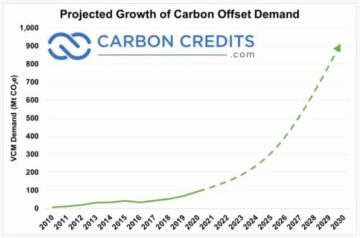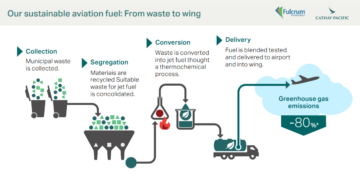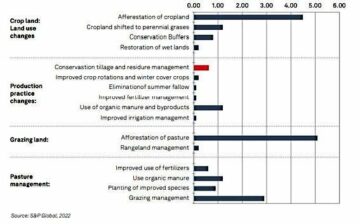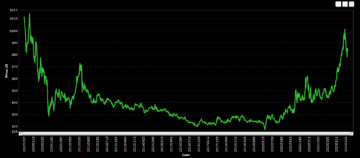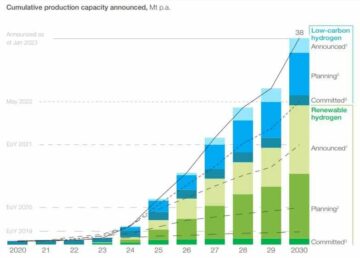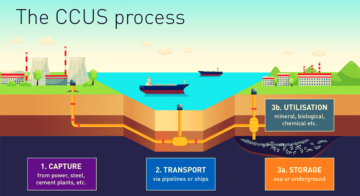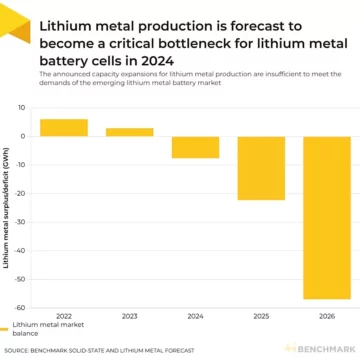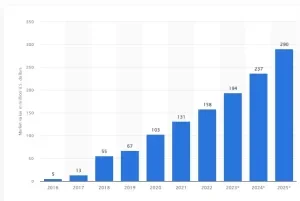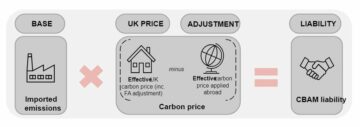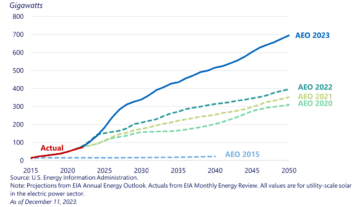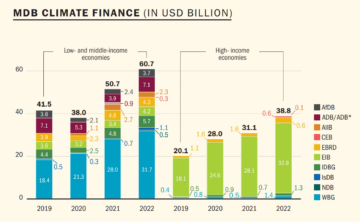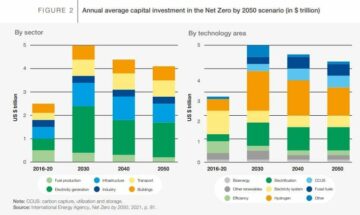As investors and environmental enthusiasts scout for tangible opportunities in the green revolution, silver emerges not merely as a precious metal but as a pivotal element in the quest for a net-zero future.
With its price on a notable ascent touching $27 per ounce, silver’s inherent value is being redefined, transcending its traditional allure to become a cornerstone in sustainable technology.
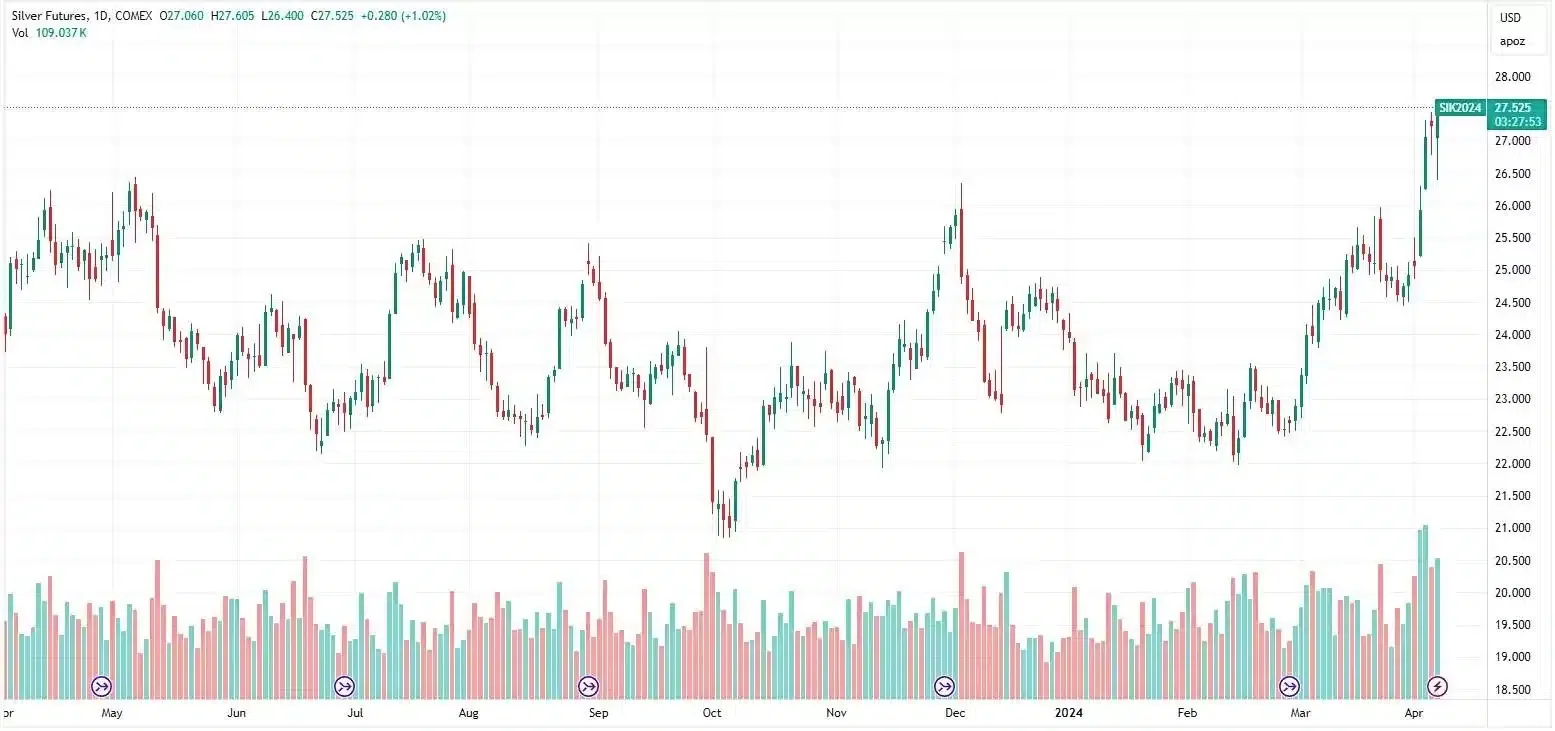
Silver, with its dual role as an industrial workhorse and a financial asset, deserves a closer look from investors, policymakers, and industry stakeholders
Silver’s Ascending Value in the Green Era
Silver’s price trajectory is more than a market anomaly; it’s a reflection of its significant role in modern technology and sustainable initiatives. As industries pivot towards eco-friendly solutions, silver’s conductive and reflective properties are in unprecedented demand, especially in sectors crucial for reducing carbon footprints.
This metal, once confined to jewelry and currency, is now a linchpin in solar panels and electric vehicles, illustrating a direct correlation between its market value and its environmental significance.
Over 50% of silver serves industrial needs, powering sectors from electronics to metalworking.
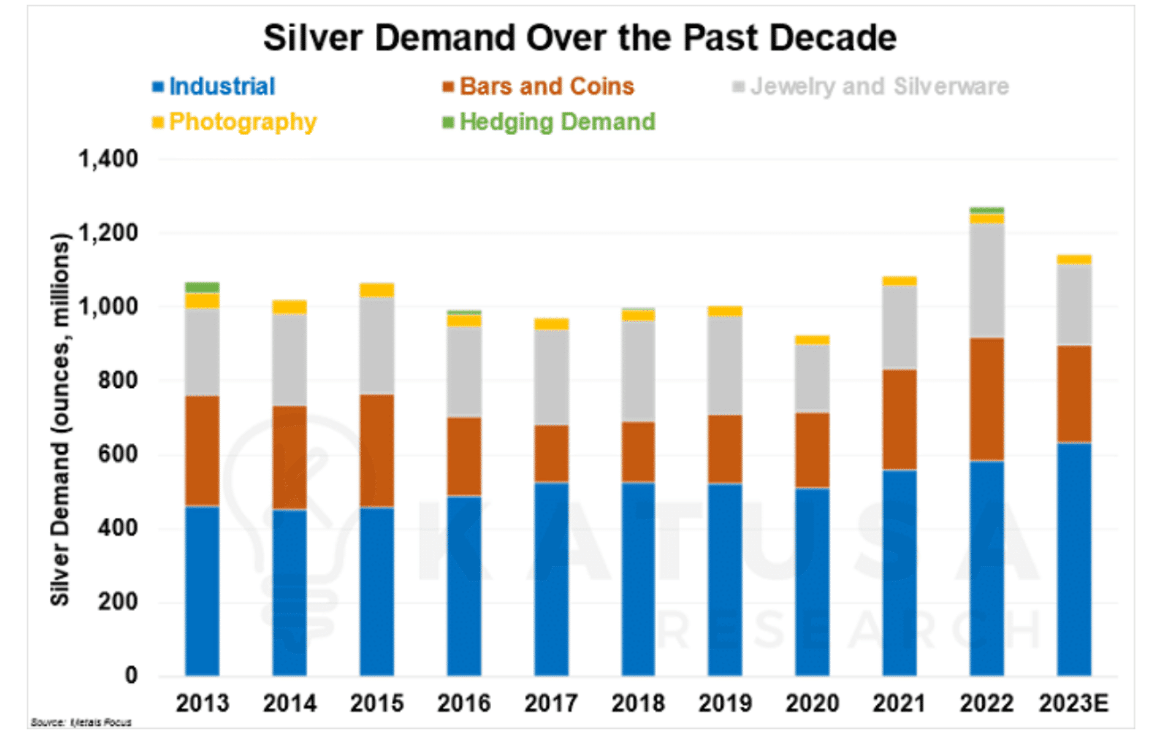

More than half of silver’s demand is driven by sectors critical to the low-carbon transition. It’s a testament to silver’s versatility and indispensability, echoing its historical role as a currency foundation but now reimagined as a cornerstone of modern technology.
The legacy of silver, from ancient empires to contemporary economies, underscores a metal that has continually adapted and thrived.
The Metal Driving Us Toward Net Zero
The surge in solar installations and electric vehicle production is not just a trend; it’s also a strong call for increased silver demand. The metal’s unmatched conductivity and application in photovoltaic cells position it as a key player in the transition to renewable energy.
Solar panels that harness the sun’s power heavily rely on silver’s conductivity, making it a key player in renewable energy’s expansion. Silver holds a unique position in the realm of metals due to its exceptionally low electrical resistance at standard temperatures. This characteristic makes it unrivaled by substitutes, as they cannot match its energy output per panel.
Similarly, as the automotive industry accelerates toward electric vehicles, silver’s role in electrical contacts and conductors becomes increasingly critical.
This intrinsic link between silver and green technology underscores not just an environmental imperative but a burgeoning market trend. Others consider silver to be the new oil, only if the world has enough of it.
Supply Chain Scrutiny: The Geopolitical Dance of Silver Production
The spotlight on Latin America’s Silver CAMP—Chile, Argentina, Mexico, and Peru—reveals a narrative rich in opportunity and fraught with challenges. These nations, pivotal to silver’s global supply, explore a complex geopolitical landscape where policy shifts and operational risks are huge.
The impending start-up of Guatemala’s Escobal mine adds another layer to this intricate story. It promises to reshape the supply dynamics and spotlight the importance of sustainable mining practices.
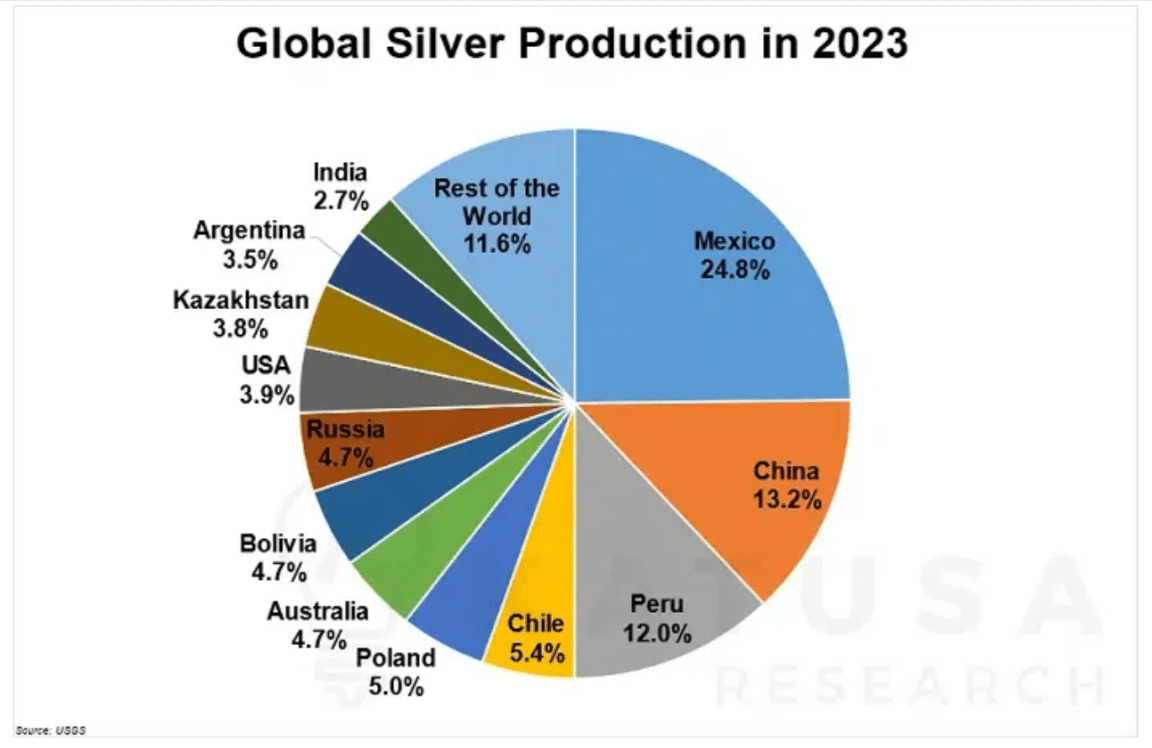

According to Katusa Research, Mexico is the largest producer of silver in the world by a comfortable margin, thanks to its generous healthy reserves and low costs of production.
China is also a major player in this space, having maintained steady production of roughly 3,500 tonnes a year for the past decade.
University College London (UCL) researchers are exploring the use of silver in carbon capture and storage (CCS) technologies, aiming to make CCS more cost-effective by utilizing silver’s high-temperature stability in innovative membranes that separate carbon dioxide from other gases. This approach could be crucial for industries like steel and cement, which are slower to transition to renewable energy.
However, the reliance on CCS and its potential to delay immediate emission reduction efforts raises concerns, with some experts cautioning against viewing CCS as a definitive solution to climate change. UCL’s commitment to net-zero targets by 2030 highlights the urgency of reducing emissions alongside developing removal technologies.
Mining for a Greener Tomorrow
While we champion silver’s role in sustainability, it’s crucial to scrutinize its source.
Silver mining, like any extractive industry, poses environmental challenges. However, the industry is on a transformative journey, adopting more sustainable and less invasive mining techniques.
Understanding where and how silver is extracted is vital, as responsible sourcing becomes synonymous with environmental stewardship.
Latin American silver miners are advancing in decarbonizing their operations, aligning with net zero commitments by 2050. However, emissions per ounce are increasing due to lower ore grades.
For example, despite a temporary rise in emissions in 2020, attributed to COVID-19 impacts, the industry is adopting automation and alternative energy to reduce its carbon pollution.
Political factors and energy reforms, particularly in Mexico, pose challenges to these efforts. While larger firms lead in emission reductions, smaller silver miners are also making significant strides, adapting to their unique operational scales and contexts.
A Sterling Opportunity?
Investors are increasingly aligning their portfolios with their values, and silver could offer a compelling narrative that marries financial growth with ecological responsibility.
By investing in silver, one is not just betting on a metal’s value but could be supporting the infrastructural backbone of the net zero movement.
Silver’s story is evolving, from a symbol of wealth to a beacon of sustainability. Its rising demand and price are representative of a broader narrative, where financial markets and environmental goals are increasingly intertwined.
For investors, industry stakeholders, and environmental advocates, silver represents a multifaceted opportunity: a chance to drive and benefit from the monumental shift towards a cleaner, greener, and more sustainable world.
Silver’s journey from a symbol of wealth to a driver of sustainability underscores its evolving role in shaping our net zero future.
- SEO Powered Content & PR Distribution. Get Amplified Today.
- PlatoData.Network Vertical Generative Ai. Empower Yourself. Access Here.
- PlatoAiStream. Web3 Intelligence. Knowledge Amplified. Access Here.
- PlatoESG. Carbon, CleanTech, Energy, Environment, Solar, Waste Management. Access Here.
- PlatoHealth. Biotech and Clinical Trials Intelligence. Access Here.
- Source: https://carboncredits.com/silvers-crucial-role-in-achieving-a-net-zero-world/
- :has
- :is
- :not
- :where
- 2020
- 2023
- 2030
- 2050
- 500
- a
- AC
- accelerates
- achieving
- adapted
- adapting
- Adds
- Adopting
- advancing
- advocates
- against
- Aiming
- aligning
- allure
- alongside
- also
- alternative
- American
- an
- Ancient
- and
- Another
- any
- Application
- approach
- ARE
- Argentina
- AS
- ascending
- ascent
- asset
- At
- Automation
- automotive
- automotive industry
- Backbone
- BE
- beacon
- become
- becomes
- being
- benefit
- Betting
- between
- broader
- burgeoning
- but
- by
- call
- cannot
- carbon
- carbon dioxide
- Cells
- cement
- chain
- challenges
- champion
- Chance
- change
- characteristic
- cleaner
- Climate
- Climate change
- closer
- College
- comfortable
- commitment
- commitments
- compelling
- complex
- Concerns
- conductivity
- Consider
- contacts
- contemporary
- contexts
- continually
- cornerstone
- Correlation
- cost-effective
- Costs
- could
- COVID-19
- critical
- crucial
- Currency
- dance
- decade
- definitive
- delay
- Demand
- deserves
- Despite
- developing
- direct
- drive
- driven
- driver
- driving
- dual
- due
- dynamics
- echoing
- Eco-friendly
- Ecological
- economies
- efforts
- Electric
- electric vehicle
- electric vehicles
- Electronics
- element
- emerges
- emission
- Emissions
- energy
- enough
- enthusiasts
- environmental
- especially
- evolving
- example
- exceptionally
- expansion
- experts
- explore
- factors
- false
- financial
- firms
- For
- Foundation
- fraught
- from
- future
- generous
- geopolitical
- Global
- Goals
- Green
- Green technology
- greener
- Growth
- Half
- harness
- having
- healthy
- heavily
- highlights
- historical
- holds
- How
- However
- HTTPS
- huge
- if
- illustrating
- immediate
- Impacts
- impending
- imperative
- importance
- in
- increased
- increasing
- increasingly
- indispensability
- industrial
- industries
- industry
- infrastructural
- inherent
- initiatives
- innovative
- intertwined
- intricate
- intrinsic
- invasive
- investing
- Investors
- IT
- ITS
- jewelry
- journey
- just
- Just betting
- Key
- landscape
- larger
- largest
- Latin
- layer
- lead
- Legacy
- less
- like
- linchpin
- LINK
- London
- Look
- Low
- low-carbon
- lower
- maintained
- major
- make
- MAKES
- Making
- Margin
- Market
- market value
- Markets
- Match
- max-width
- merely
- metal
- Metals
- Mexico
- mine
- Miners
- Mining
- Modern
- monumental
- more
- movement
- multifaceted
- NARRATIVE
- Nations
- needs
- net
- net-zero
- New
- notable
- now
- of
- offer
- Oil
- on
- once
- ONE
- only
- operational
- opportunities
- Opportunity
- Other
- Others
- our
- output
- panel
- panels
- particularly
- past
- per
- Pivot
- pivotal
- plato
- Plato Data Intelligence
- PlatoData
- player
- policy
- policymakers
- Pollution
- portfolios
- pose
- poses
- position
- potential
- power
- Powering
- practices
- Precious
- price
- producer
- Production
- promises
- properties
- quest
- raises
- realm
- redefined
- reduce
- reducing
- reducing emissions
- reduction
- reductions
- reflection
- reflective
- reimagined
- reliance
- rely
- removal
- Renewable
- renewable energy
- representative
- represents
- researchers
- reserves
- reshape
- Resistance
- responsibility
- responsible
- Revolution
- Rich
- Rise
- rising
- risks
- Role
- roughly
- s
- scales
- Scout
- scrutiny
- Sectors
- separate
- serves
- shaping
- shift
- Shifts
- significance
- significant
- Silver
- slower
- smaller
- solar
- solar panels
- solution
- Solutions
- some
- Source
- Sourcing
- Space
- Spotlight
- Stability
- stakeholders
- standard
- Start-up
- steady
- steel
- sterling
- Stewardship
- stock
- storage
- Story
- strides
- strong
- supply
- Supporting
- surge
- Sustainability
- sustainable
- symbol
- synonymous
- tangible
- targets
- techniques
- Technologies
- Technology
- temporary
- testament
- than
- thanks
- that
- The
- the world
- their
- These
- they
- this
- to
- touching
- toward
- towards
- Trading
- traditional
- trajectory
- transcending
- transformative
- transition
- Trend
- UCL
- underscores
- unique
- unmatched
- unprecedented
- unrivaled
- urgency
- us
- use
- Utilizing
- value
- Values
- vehicle
- Vehicles
- versatility
- View
- viewing
- vital
- we
- Wealth
- webp
- which
- while
- with
- world
- year
- zephyrnet
- zero

